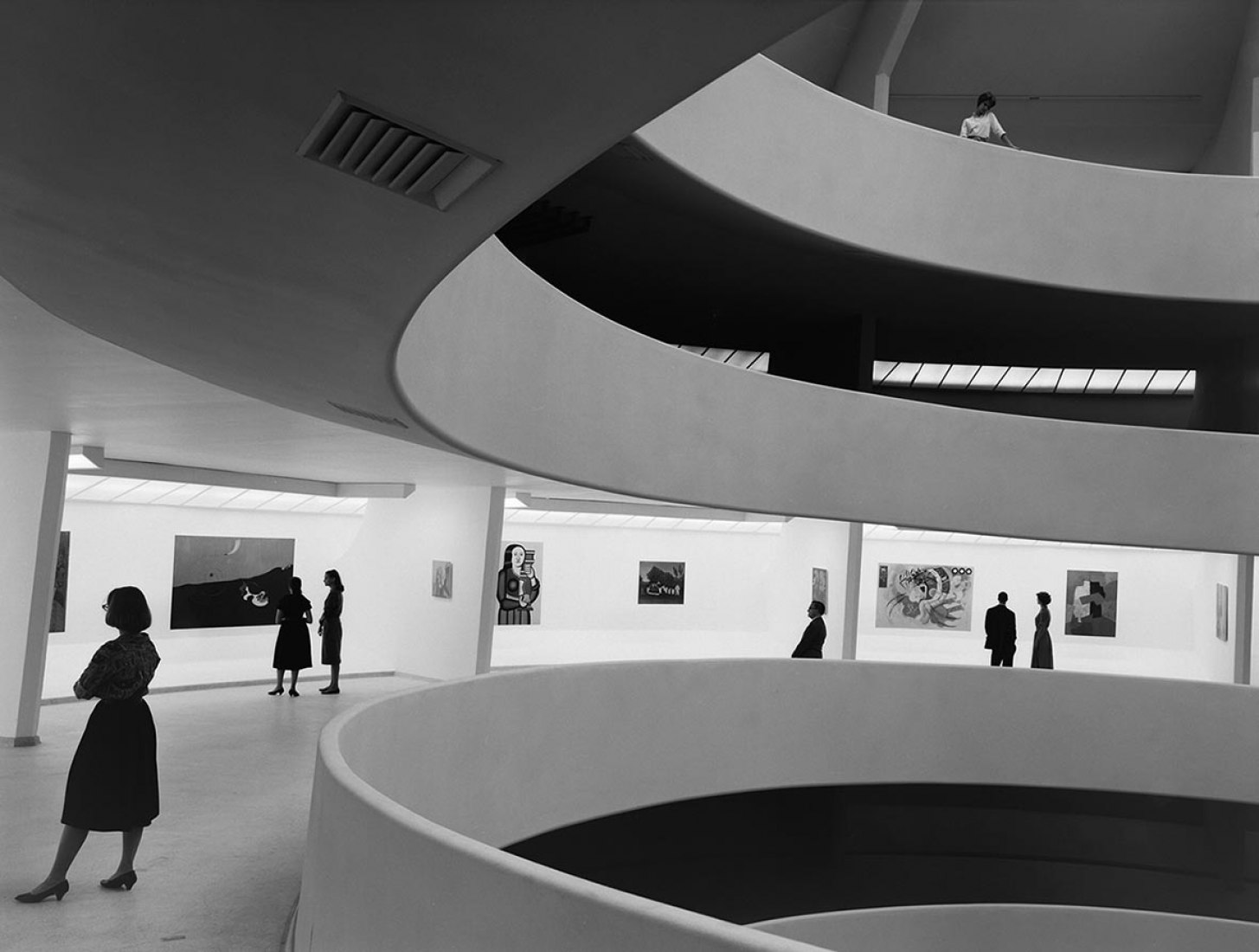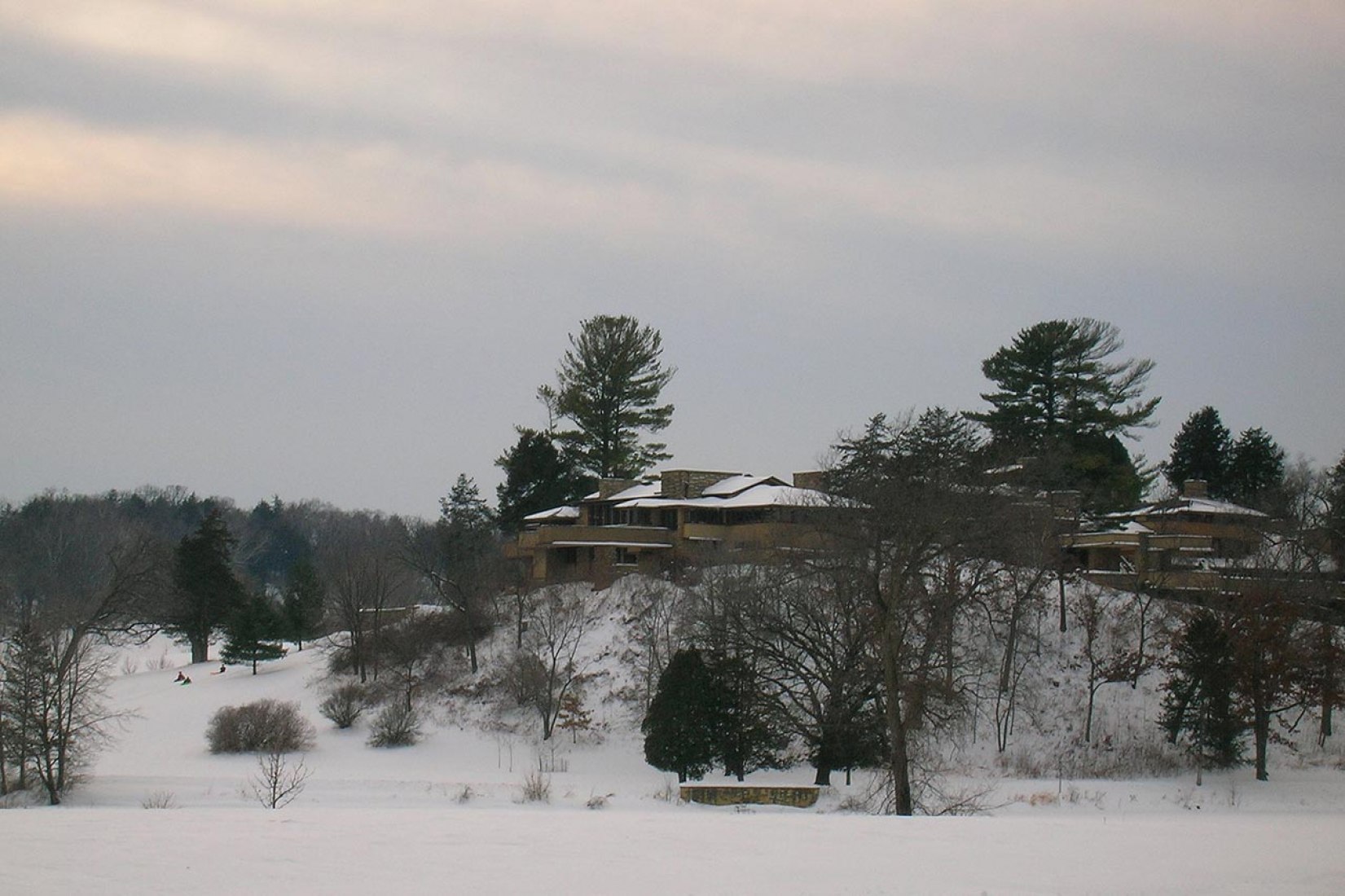The nomination was first submitted for consideration in 2015, but the decision was referred for further refinement.
The 20th-Century Architecture of Frank Lloyd Wright includes a group of eight major works designed by Wright located across the country, including the Fallingwater house in Pennsylvania and the Solomon R. Guggenheim Museum in New York, the Frederick C Robie House in Chicago (Illinois) and studios at Taliesin, Wisconsin, and Taliesin West, Arizona – both now used by The School of Architecture at Taliesin.
The remaining buildings include Wright's homes – some of which now function as museums – include the Hollyhock House (California), and the Herbert and Katherine Jacobs House (Wisconsin), rounding-off the collection the Unity Temple in Oak Park, in Chicago. The revised nomination was submitted by the National Park Service on 20 November 2018.
The owners of all the properties are participating voluntarily. Nominations are submitted by the U.S. Department of the Interior to the World Heritage Committee, an independent body that operates under the umbrella of the United Nations Educational, Scientific, and Cultural Organization (UNESCO). The nomination was prepared under the guidance of the NPS’s Office of International Affairs. The nomination document is available for download here
The review is scheduled to be held early July 2019 in Baku, Azerbaijan, during the World Heritage Convention session.
The 150th anniversary of Wright's birth was celebrated across the United States last year. An exhibition of his drawings and models opened at New York's MoMA.
In mid-November, after revising its nomination list of 10 buildings by architect Frank Lloyd Wright, in 2015, for their incorporation to the UNESCO World Heritage, the Frank Lloyd Wright Building Conservancy and participating sites in United States, - in accordance with the committee's request, removed from the original nomination list the Price Tower in Oklahoma and the Marin County Civic Center in California.
More information
Published on:
December 25, 2018
Cite: "Frank Lloyd Wright buildings nominated again for World Heritage List" METALOCUS.
Accessed
<http://www.metalocus.es/en/news/frank-lloyd-wright-buildings-nominated-again-world-heritage-list>
ISSN 1139-6415
Loading content ...
Loading content ...
Loading content ...
Loading content ...
Loading content ...
Loading content ...
Loading content ...
Loading content ...
Loading content ...
Loading content ...
Loading content ...
Loading content ...
Loading content ...
Loading content ...
Loading content ...
Loading content ...
Loading content ...
Loading content ...
Loading content ...
Loading content ...
Loading content ...
Loading content ...
Loading content ...
Loading content ...
Loading content ...
Loading content ...
Loading content ...
Loading content ...
Loading content ...
Loading content ...
Loading content ...
Loading content ...
Loading content ...
Loading content ...
Loading content ...
Loading content ...
Loading content ...
Loading content ...
Loading content ...
Loading content ...
Loading content ...
Loading content ...
Loading content ...
Loading content ...
Loading content ...
Loading content ...
Loading content ...
Loading content ...
Loading content ...
Loading content ...
Loading content ...
Loading content ...
Loading content ...
Loading content ...












![10 Architecture Studios Led by women [XII] 10 Architecture Studios Led by women [XII]](/sites/default/files/styles/mopis_home_featured_block_desktop/public/2025-03/metalocus_10-arquitectas-xi_01b.jpg?h=3b4e7bc7&itok=HeMnE4WM)



![10 Architecture Studios Led by women [XII] 10 Architecture Studios Led by women [XII]](/sites/default/files/styles/mopis_home_news_category_slider_desktop/public/2025-03/metalocus_10-arquitectas-xi_01b.jpg?h=3b4e7bc7&itok=KFjWtS5J)















